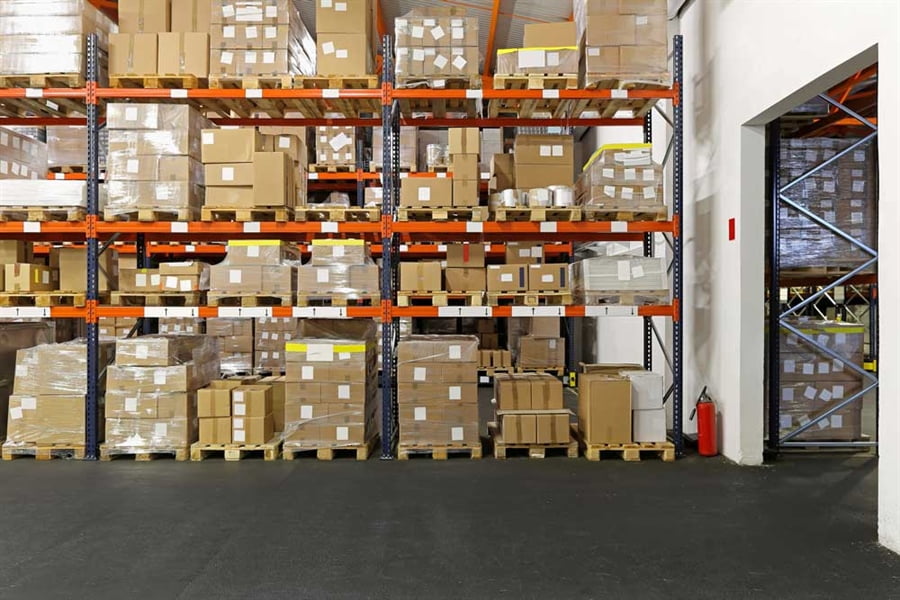Published March 11, 2019
Planning and execution have been more blurred in recent times, as technology is now providing users access to near real-time visibility and data, enabling them to adjust plans to meet reality. One of the most important execution issues is the management of inventories, especially in the new world of demand-driven operations. In traditional execution, inventories are pushed out to Distribution Centers/Fulfillment Centers (DCs/FCs) and business customers with expectations that those customers would need them at some point in time. Thus, deploying the inventory push to the network of DCs/FCs for customers has been the business objective. As business customers have become more sophisticated, and consumers have demanded more personalization and online buying, demand-driven operations have required more ‘pull’ inventory, which means decentralizing only which will be sold in the short term (think ‘sell one, replace one’). Therefore, distributed inventories based on pull for order fulfillment, or inventory flow, must complement the pull inventories at DCs/FCs for larger business customers. This new operating strategy has changed the business objective for the execution of product distribution, and in turn, created many challenges within the supply chain.
Many retailers today are struggling with inventory optimization. In a new survey by Bossa Nova, more than 70 percent of retailers stated that inaccurate inventory forecasting is a major, constant issue. Mismanaged inventory is one of the largest contributing factors to markdowns, which cost U.S. non-grocery retailers nearly $300 billion in revenue in 2018, according to a recent study by Coresight Research and Celect. J.C. Penney recognizes the need for better inventory management; by reducing inventory and clearance margins, the retailer could improve its gross margin by 2 percentage points. Lowe’s revenue growth in Q4 2018 was approximately half of The Home Depot’s growth during that period, with Lowe’s executives citing inefficient inventory management as one of the main reasons for its slower growth.
Inventory optimization remains the goal of supply chain managers. Distributed logistics is the first step in reaching multi-echelon inventory optimization. The primary challenge then becomes short-term demand forecasting and minimizing weeks of supply to align with the demand pull. MonarchFx has developed a unique model for forecasting and replenishing based on flow, which helps meet this challenge. Execution is now about what and when to replenish in order to sustain inventory optimization, minimize carrying costs and reduce working capital.
More Resources:



